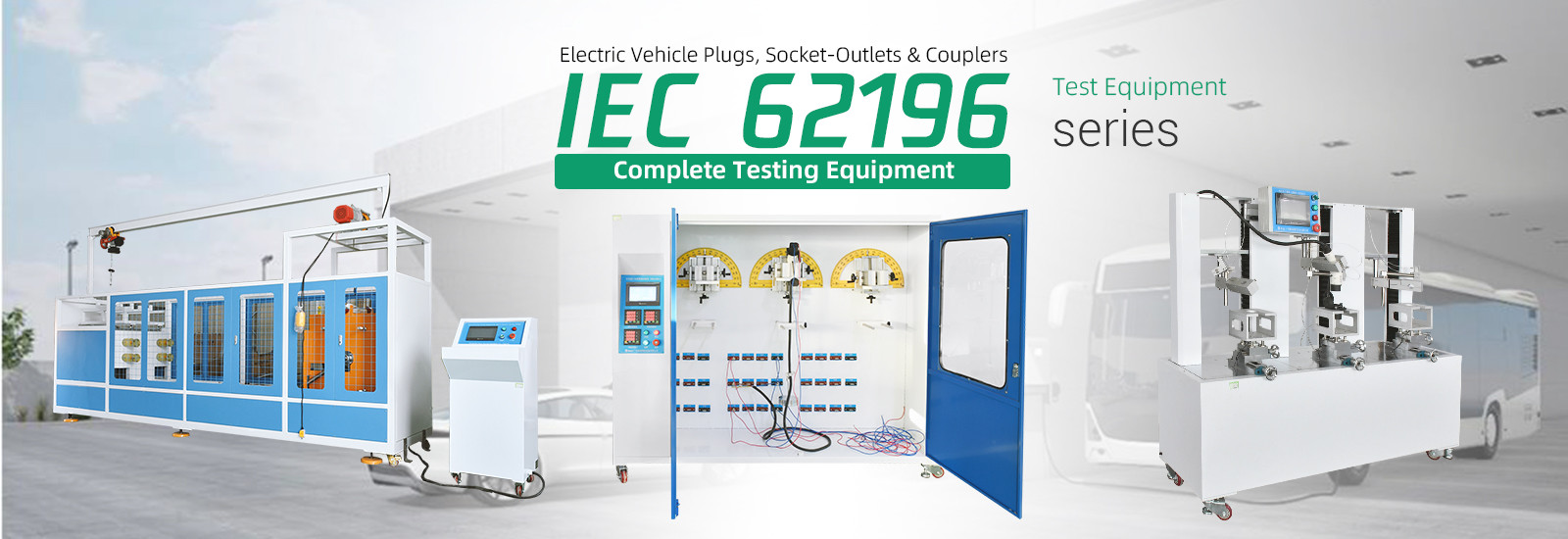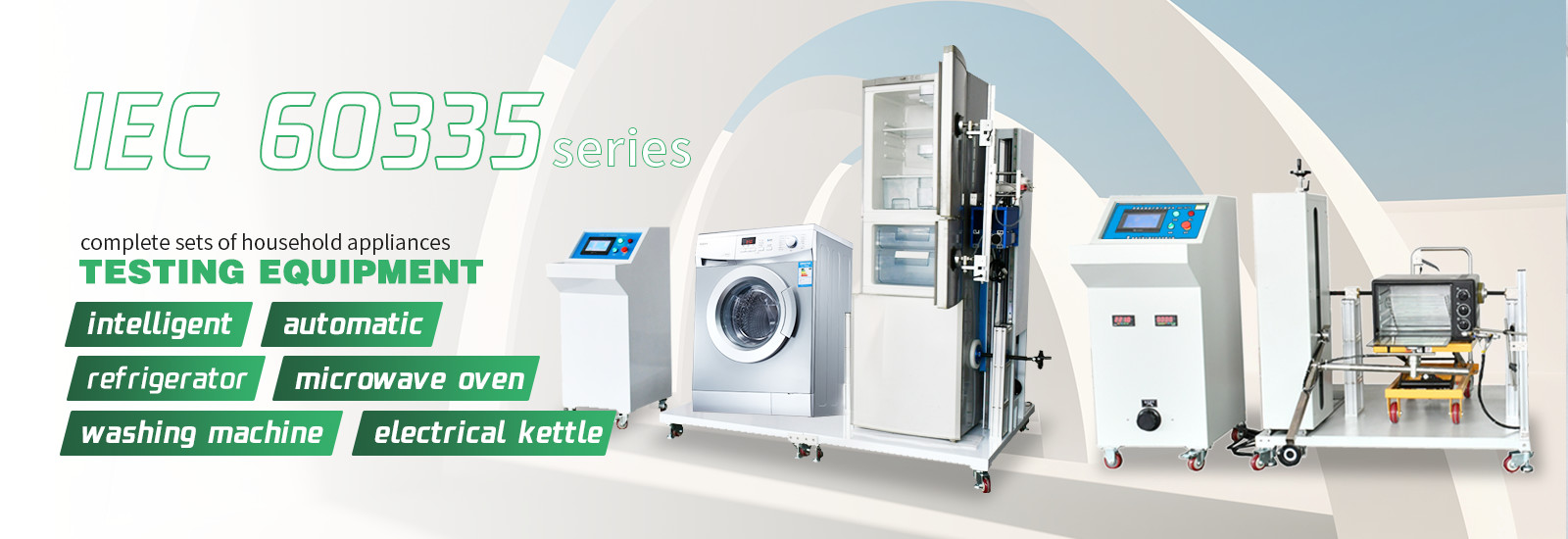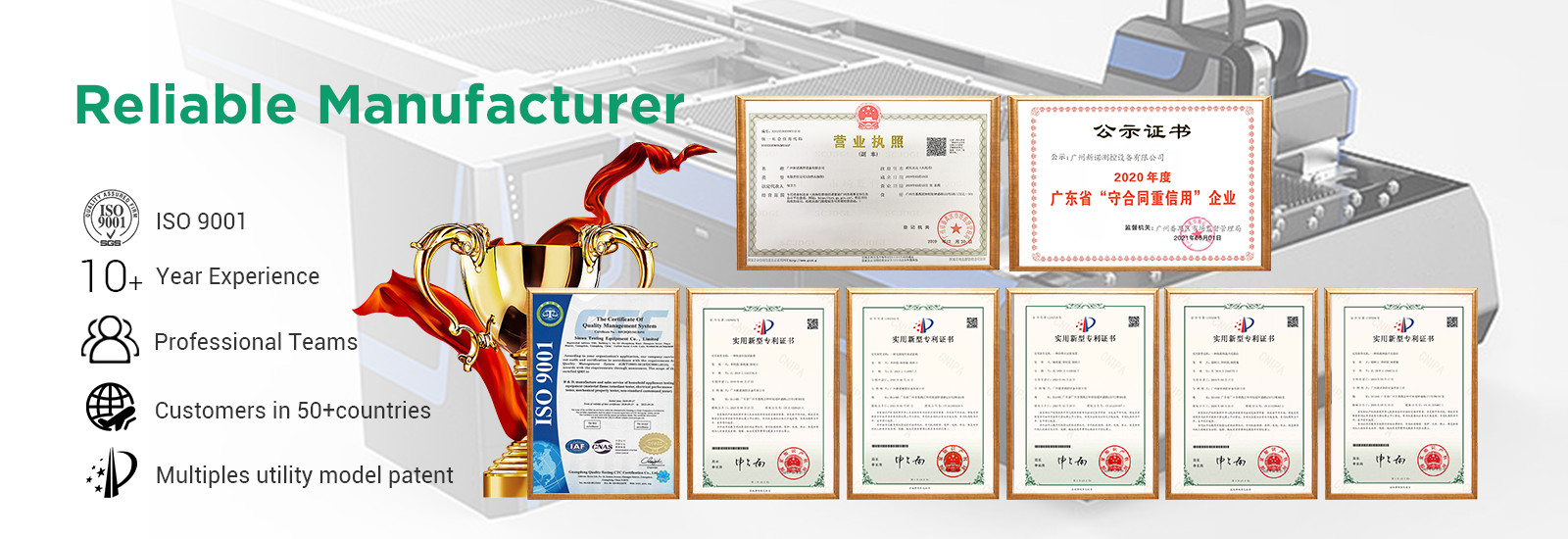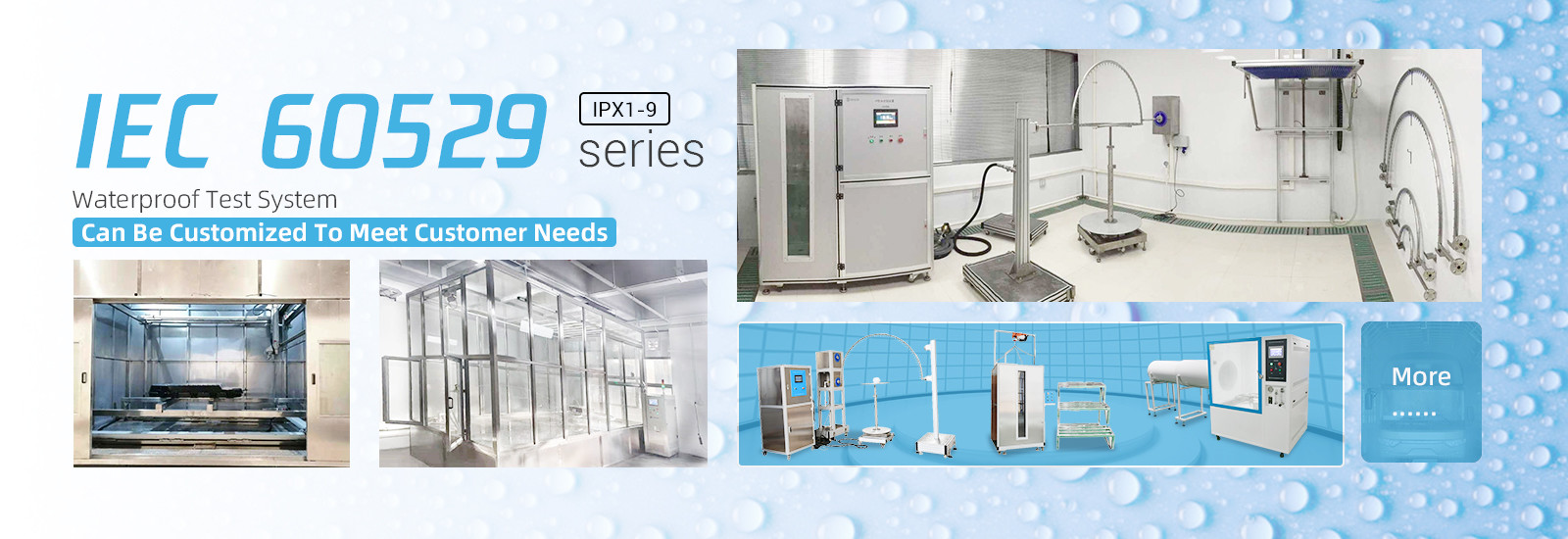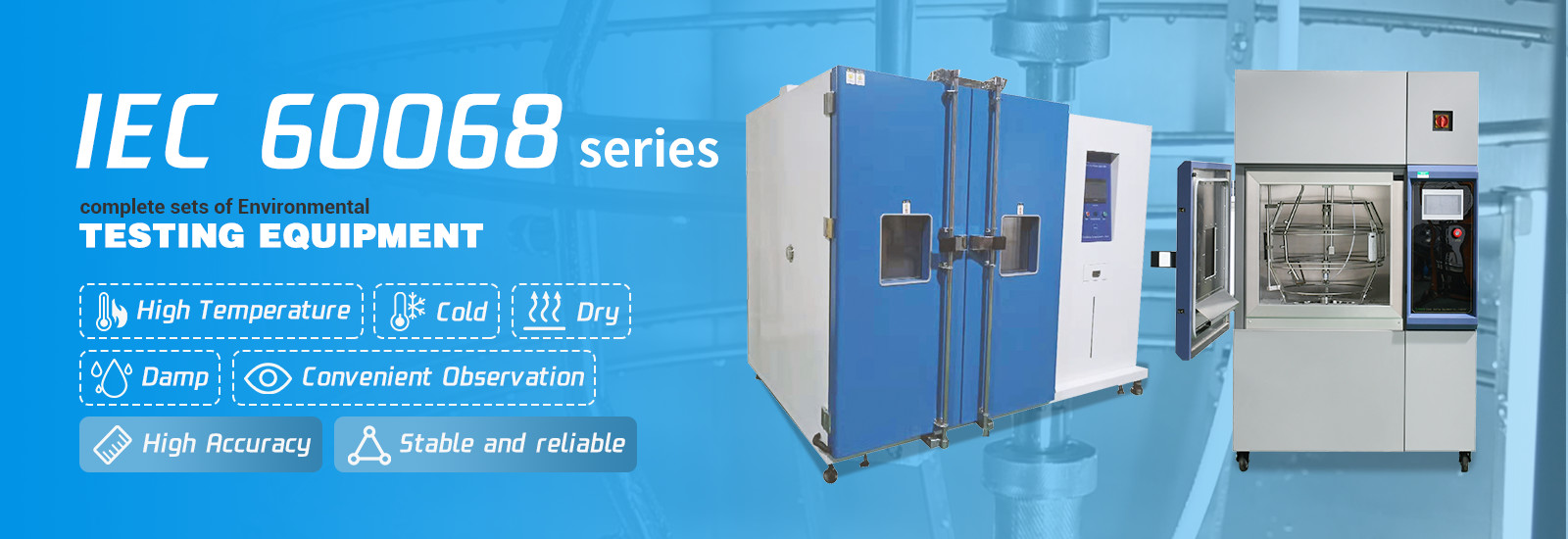Characteristics of Cell Battery Vibration Test System
2024-03-28
A cell vibration test system refers to a specialized apparatus or setup used to subject cells or batteries to controlled vibrations for testing and evaluation purposes. These tests are conducted to assess the performance, durability, and reliability of cells or batteries under various vibration conditions, simulating real-world scenarios or specific application requirements.
The cell vibration test system typically consists of the following components:
Vibration Platform: It is a sturdy platform or fixture designed to securely hold and subject the cells or batteries to controlled vibrations. The platform may have adjustable fixtures or clamps to accommodate different cell sizes and configurations.
Vibration Generator: This is the core component of the system responsible for generating controlled vibrations. It can produce vibrations in different directions (vertical, horizontal, or multi-axis) and with variable frequencies, amplitudes, and waveforms. The vibration generator is often driven by an electric motor or an electrodynamic shaker.
Control System: The control system regulates the parameters of the vibration test, such as frequency, amplitude, and duration. It allows precise control and adjustment of the vibration conditions to meet the desired testing criteria. The control system may include software or programmable controls for automation and data logging.
Fixturing and Mounting: The test system includes specialized fixtures or mounting mechanisms to securely hold the cells or batteries on the vibration platform. These fixtures ensure proper alignment and contact with the platform to accurately transmit vibrations to the test samples.
Monitoring and Measurement: Sensors and measurement instruments are utilized to monitor and measure various parameters during the vibration test. These may include accelerometers to measure vibration acceleration, strain gauges to analyze deformation or stress, and temperature sensors to monitor temperature changes during the test.
Safety Measures: Safety considerations are essential in a cell vibration test system to prevent accidents or damage. This may include features like emergency stop buttons, protective enclosures, and interlocks to ensure operator safety during testing.
Cell vibration testing helps evaluate the mechanical robustness, structural integrity, and performance characteristics of cells or batteries under vibration-induced stresses. It is particularly important for industries such as automotive, aerospace, and portable electronics, where cells or batteries are exposed to vibrations during transportation, operation, or harsh environmental conditions.
The specific test parameters, standards, and procedures for cell vibration testing may vary depending on the application, industry, and regulatory requirements. It is essential to consult the relevant standards (such as IEC, ASTM, or industry-specific standards) and follow established guidelines to conduct accurate and reliable cell vibration testing.
The electric vibration test system is a precision testing equipment that simulates the damage of products and individual components in the actual working environment.
Its working principle is similar to that of a speaker, that is, the energized conductor is acted upon by a force in the magnetic field. This force is the excitation force of the vibration test bench.
The working process of the system is that the excitation coil and the moving coil in the table body form two mutually perpendicular magnetic fields when energized. The two magnetic fields cut the magnetic lines of force with each other to generate excitation force.
The vibration acceleration (a), amplitude (mm), frequency (HZ) and other indicators generated in these excitation phenomena are input to the vibration controller through the vibration sensor.
The controller analyzes and processes the output to the preamplifier and power amplifier, and then the power amplifier to the stage body, and so on, to keep the vibration test system running within a stable test index. In this process, the cooling fan is used to cool the heat generated by two mutually perpendicular magnetic fields passing current.
The temperature generated in the magnetic field cannot be higher than 110°C, otherwise it will cause the temperature to be too high and cause an alarm. This requires that the laboratory environment temperature where the vibration test system is located must be at normal temperature.
According to F=ma (Newton's second law), m is all the loads on the vibration test bench. This includes the weight of the test product m1, the weight of the tooling fixture m2, the weight of the moving parts of the shaking table (moving coil) m3, and the weight of the extended platform of the shaking table m4, that is, total m = m1+m2+m3+m4. a is the acceleration generated during the vibration test, and the product of m and a can calculate the thrust required for the vibration test.
In addition, if acceleration is not given in the relevant standards, only frequency and displacement (amplitude) are given. The acceleration a can be calculated according to the formula: a=f2*d/250, where f is the frequency (HZ) and d is the amplitude (mm). d in this formula is the single amplitude (0~p). Because the vibration is a sine wave vibration, the single amplitude is the distance of the half wave, so it needs to be converted and distinguished.
View More
Introduction of New Test System "Horizontal Freezer Slide Lid Opening And Closing Testing System"
2024-02-27
ISO 23953-2 Horizontal Freezer Slide Lid Opening And Closing Testing Machine
System overview:
The horizontal freezer slide lid opening and closing test machine is designed and manufactured according to Chapter 5.3.3.2 of ISO 23953-2:2015(E) and customized requirements of customers. It is used for the opening and closing durability test of the horizontal freezer slide lid, also used for lid sliding actions during the energy efficiency performance test of the freezer. It is a dedicated fully automated testing equipment, which is suitable for testing departments such as testing and certification agencies, factory laboratories, etc.
This equipment adopts PLC intelligent control with mature technology, equipped with 2 sets of position-adjustable action actuators and mechanical fixture structures to clamp the handles on the surface of the freezer slide lids (also come with 2 sets of vacuum suction cups to meet the needs of different samples). At the same time, it is equipped with a color LCD touch screen as standard, which can preset the opening stroke, opening and closing speed, and opening pause time and interval time, so as to truly simulate the opening and closing of the freezer lid by hand, to achieve an intelligent control method, one machine with multiple functions.
Equipment principle:
Controlled by PLC, operated by intelligent touch screen, the servo motor drives the manipulators, and drives the clamp to hold the handle of the freezer lids (or vacuum suction cups to suck the surface of the freezer lids), so that it can open and close the lids in a reciprocating linear motion.
Process flow:
Refrigerator
Step
Content
Execution time
Step 1
Open the lid and close
3min
Step 2
Open the lid to >80%
1s
Step 3
Keep opened
13s
Step 4
Close the lid
1s
Step 5
Keep closed I
5min45s
Step 6
Repeat steps 2-5
11h54min
Step 7
Keep closed II
12h
Freezer
Step 1
Open the lid and close
3min
Step 2
Open the lid to >80%
1s
Step 3
Keep opened
4s
Step 4
Close the lid
1s
Step 5
Keep closed I
9min54s
Step 6
Repeat steps 2-5
11h50min
Step 7
Repeat closed II
12h
The structure of the testing machine as shown in the figure below, the overall frame structure is adopted, and the sample is placed on the bottom plate of the equipment, so that the relative movement is the internal stress, and the shaking of the equipment is reduced. Two column structures are installed on the bottom plate, and the each column contains one set of lid opening and closing mechanism as shown in Figure 1. At the same time, the freezer positioning fixture is installed on the bottom plate, which can clamp and fix the front, rear, left, right, and rear sides of the freezer.
Technical Parameters:
No.
Project
Content
1
Input power
AC220V 50HZ, 5kW
2
Electrical control
Mitsubishi PLC intelligent control
3
Operation interface
Weinview 7-inch color man-machine interface touch screen operation
4
Drive mode
Servo motor + precision sliding platform
5
Range of samples
The same types of samples shown as in Figure 2
WDH=(60~214cm)×(45~70cm) ×(70~90cm)
6
Test items
Freezer slide lid durability test
7
Test station
1 station, can test a horizontal freezer with left and right slid lids
7
Column
The position of the slid lid can be matched by adjusting the height position of the manipulator and the position of suction cup on the column
8
Robotic arm
2 sets of manipulators for opening and closing lids alternately, adjustable clamp positions (that is, adjustable in length and height directions), suitable for freezer slide lids of different widths
9
Adsorption structure
1. Mechanical clamping fixtures, toggle type, 2 sets
2. Vacuum suction cups, 2 sets
10
Lid opening stroke
0-500mm±0.1mm can be set on touch screen, adjustable on both sides
11
Lid first opening time
3min
12
Lid opening pause time
0-9999S, can be set on touch screen
13
Lid closing pause time I
0-99h59m59s, can be set on touch screen
14
Lid closing pause time II
0-99h59m59s, can be set on touch screen
15
Lid open/close speed
10-600mm/s, can be set on touch screen
16
Freezer auxiliary positioning mechanism
2 sets, which can be fixed the two sides of the freezer
17
Equipment frame
Match the largest sample range, sample is installed on bottom plate of the equipment. There are three bottom plates for sample installation, the three bottom plates can be combined and split easily to adapt to specimens of different widths. Shown as following:
18
Power failure memory
The system has a power failure memory function, which can continue to accumulate parameter actions and times before power failure
19
Protect
Emergency stop, leakage, short circuit, overload and other safety protection
20
The overall size and weight of the testing machine
Frame WDH: Width 1800*Depth 1200*Height 1400mm, about 350kg
View More
Chinese New Year Holiday Notice
2024-01-27
Dear Customers,
Please be informed that our company will be closed from 5th Feb to 17th Feb for Chinese New Year holiday. Normal business will resume on 18th Feb.
Any orders placed during the holidays will be produced by after 19th Feb. To avoid any unwanted delay, please place your order in advance, and the shipping cut-off date is 3rd Feb.
We're sorry for any inconvenience occurred, please do drop us an email at sales@sinuotek.com or call us at +86 13527656435 if you have urgent matters.
We would like to express our heartiest thanks for your great support and cooperation in the past year. Wishing you a prosperous year in 2024!
View More
Welcoming the New Year and Thanks Everyone Whom Always Support with Sinuo
2023-12-28
Another year has come and gone and with it all of the excitement, hardshlps, and little victories that makelife, and business, worthwhile.
At this time ofthe end of 2023, we wanted to let our most values customers know just how much appreciate their continued support.
According to the company's production situation and national holiday regulations, our company's New Year's Day holiday arrangements in 2024 are as follows:
December 31, 2023 to January 1, 2024 is the New Year’s Day holiday.
Our company will start work on January 2, 2024.
We wanted to thank you from the bottom of our hearts and wish you all the best for the coming year.
Happy holidays and happy new year!
With gratitude,
Sinuo Team
View More
Introduction to Energy Efficiency System for Table/ Floor/ Pedestal/Tower/Bladeless Fans
2023-11-27
System Overview:
This test device is designed in accordance with IEC 60879-2019 "Comfort fans and regulators for household and similar purpose- Methods for Measuring Performance ". It can accurately measure the performance parameters such as the wind speed, air volume, fan speed, fan power consumption, and fan energy efficiency of table fans, floor standing fans, pedestal fans, etc., and can realize the sampling and analysis of fan products, product quality inspection, and research and development.
This test device adopts single chamber structure. The laboratory contains one set of air volume measurement device. The test room uses 50mm thick rigid polyurethane board and 0.6mm thick color steel plates on both sides for thermal insulation, which has good thermal insulation effect.
The test room contains an external air conditioning system, which is used to adjust the air environment inside the test room. The indoor air is cooled, humidified, and heated to make the temperature and humidity in the test room meet the test conditions.
This laboratory needs to be equipped with an operating room for storing office computers, power cabinets, control cabinets, and variable frequency power supplies. This house can be constructed by boards, which is constructed by the buyer (generally next to the laboratory).
This test system is mainly controlled by computer. The operator is outside the test room, and the personnel will not affect the wind field. The test of the equipment is completed automatically, and the test data is recorded, saved, and the air flow report and energy efficiency rating are automatically generated. This system has advantages of good repeatability, high efficiency, convenient data storage and so on.
Technical Characteristics and Advantages:
(1) This test device is developed according to customer requirements, and is mainly used to test the performance of table fans, floor fans and pedestal fans.
(2) This test system has the advantages of high test accuracy, accurate data, fast test speed, convenient operation, energy saving, and low investment, which traditional test stands do not have.
(3) This test system adopts dual automatic control and operation of computer, which ensures the long-term stability and convenient operation, and can effectively avoid the interruption of data collection and the readjustment of working conditions caused by the computer's crash, restart or misoperation. In addition to the simultaneous operation on the computer, the test system can also simultaneously record the original data, display the process control curve, print the original data report, automatically generate the calculation results, and display the results in the form of a curve on the computer, at the same time, issue the report in the format required by the customer.
(4) This test room uses an efficient energy-saving scheme and a fast and stable system. The fast stabilization system can reach stable conditions in 2.5 hours.
(5) The core accessories are imported well-known brands with good stability and low failure rate. The temperature & humidity sensor is E+E or the wind speed sensor is Testo or TSI brand ones, and the stepper motor and servo motor are Japanese brand ones or equivalent brand ones.
(6) The test room has the advantages of high efficiency and energy saving. Some part of the test room can make full use of the combination of heat recovery and hierarchical control to reduce operating power and save a lot of power.
(7) The overall appearance is beautiful. The well-known brand cold storage board is adopted, which has the advantages of good thermal insulation performance and flat appearance.
(8) The test room has long-term operation without failure, and the service life can reach more than 10 years.
(9) The deviation of the comparison result with the national laboratory is not more than 3%. Meet the technical requirements of national laboratory certification or production license application.
View More




